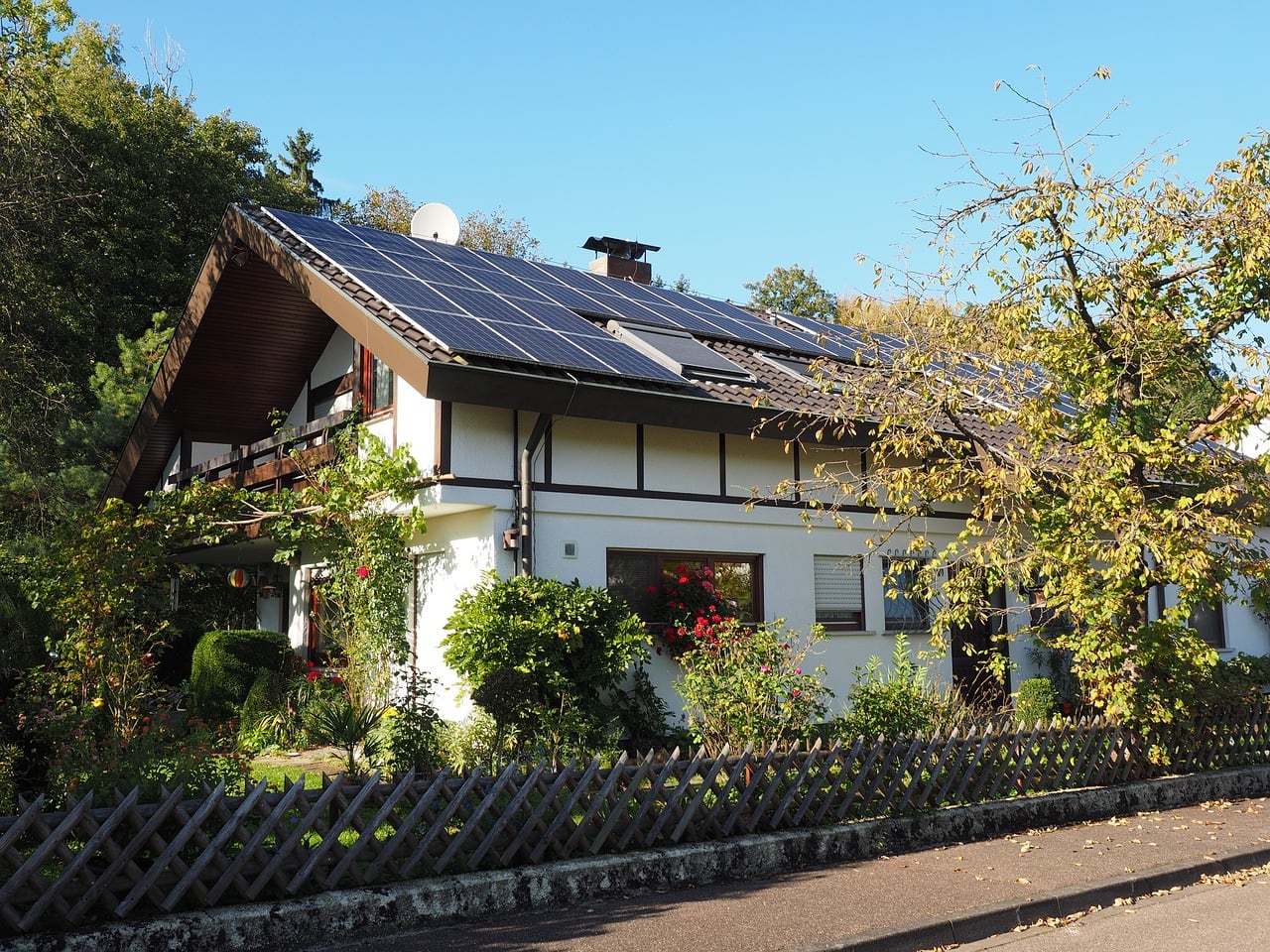As our world embraces the shift towards greener, more sustainable living, a growing trend is emerging. The solar upsizing revolution is transforming Australian homes. This movement is about maximising your solar potential to completely cover your household energy requirements including the demands of electric vehicles (EVs) and any other power-hungry appliances you want to operate.
Energy Consumption in the Home
The last recorded national average for Australian daily home electricity usage is approximately 20 kilowatt-hours. For many households, especially larger ones with children, this figure tends to be closer to 35 kWh (commonly expressed as “Units” on your energy bill).
To accurately upsize your solar panel system, you need to take into account various factors that contribute to your overall energy consumption. Here are some examples;
- Home Energy Usage: Consider your home’s kWh per hour usage each day.
- Pool Energy Consumption: Pools require energy to run pumps, heaters, and other equipment. If you have a pool, an additional 8 units per day should cover its energy consumption.
- Electric Car Usage: Charging an electric vehicle requires a significant amount of electricity. If you drive an electric car and travel an average of 40 km per day, you will need another 10 units to cover daily energy consumption.
- Hot Water System: If you replace your gas hot water system with a more energy-efficient heat pump hot water system, you will need around 4 units less of energy per day. This also further reduces your reliance on non-renewable energy sources.
The Fully Electric Home

Now, let’s put these elements together. Imagine a home equipped with a pool, an outdated gas water system and an electric vehicle. This power-hungry combination can add upwards of 38 units of electricity consumption per day. Many households would need to upgrade their current solar PV system to ensure they can generate enough energy to cover the demands of the home to ensure energy independence.
Sizing Up Your Solar System
With all these factors in mind, let’s examine the output of a 6.6-kilowatt solar photovoltaic (PV) During the sun-drenched summer months, the system mentioned above will generate approximately 38 Units per day, while in the less sun-intense winter period, it will produce approximately 17 Units daily.
To ensure you have a surplus of clean energy and remain self-sufficient, we’d recommend upsizing your solar system to a 10-kilowatt PV system. This will provide the necessary power for your fully electric home, your pool, and your EV, while also allowing you to export any excess energy back to the grid, earning you credits or even income. This 10 kW system size should be sufficient to offset the 38 kWh daily load of our hypothetical all-electric home and meet the energy consumption demands even on less sunny days.
Make the Sustainable Choice
In this era of sustainability and environmentally conscious living, upsizing your solar system is more than a trend; it’s a practical and responsible choice. By generating sufficient energy to power your home, pool, and electric vehicle, you not only save on energy bills but also contribute to a cleaner, greener future. It’s a win-win situation for your wallet and the planet.
Be sure to get an on-site solar assessment from an accredited installer to accurately size your specific output requirements. Contact the team at Clean NRG for an assessment and make the transition to an all-electric home.
